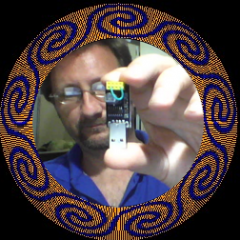- Install the Snapcast Server addon from Kodi addons and enable it.
- Install the Snapcast Client app (find it in the in F-Droid store, search for “snapcast”).
- Later versions of LibreElec have PulseAudio disabled – but it’s needed by Snapcast, so you have to force enable PulseAudio (Link) for it to work.
- Select Snapcast audio in Settings -> System -> Audio
- When playing video sound over WiFi you have to put the audio offset to +1 second (+1000) then it syncs up.
Category: Uncategorised
Magic Poi Lite update April 2024
I made a video! (TL:DR – the magic poi lite interface has sequence mode, can delete individual timelines and the hardware can fetch the current timeline from the server on startup)
